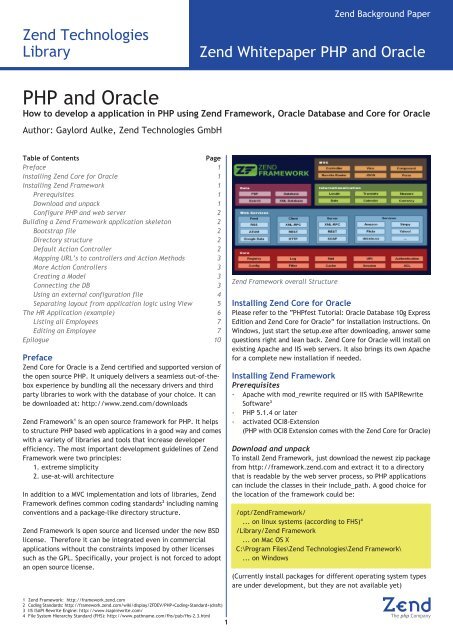
There are three unique aspects to how we embed within YAML: We wanted to leverage existing libraries and tools and not create something completely new. But we also wanted something that could be embedded in other places within the Power Platform, and many of them use YAML already or are considering this move. Our first priority was a format that was super easy to read and write by humans. We adopted a subset of YAML as our file format. Eventually, we will also welcome your pull requests, but are limiting outside contributions until we are better established. We’d love your feedback and issue reports directly through GitHub. We are releasing this tool as open source, and that will still be true even after we integrate with the Power Apps CLI. PASopa is just a test harness that we are using in the meantime. Eventually we will be integrating this directly with the Power Apps CLI and it can be run by anyone without needing to do a build. At this early juncture we are looking for savvy early adopters that can give us good feedback on the directory structure and file format. 🙂 This isn’t going to be for everyone at this time and that is OK. More details on building are available in the GitHub readme.
SOURCE UNPACK DOWNLOAD DOWNLOAD
So, how do you get the cool PASopa tool used above? To download and use: If you put a formula here, the app may not operate properly.
SOURCE UNPACK DOWNLOAD FULL
In Studio, this isn’t a full fledged property and can only be moved up or down with a static value. For example, the ZIndex property is exposed on controls.
SOURCE UNPACK DOWNLOAD CODE
The source code file may expose options that Studio does not.When collaborating with others, we recommend renaming controls to something appropriate and hopefully unique within the app. This can happen easily if two different authors use Power Apps Studio to add a button control, resulting in two different Button1 controls. Outside of Studio, don’t add a control with the same name as one that already exists.There are some known limitations and gotchas: We are introducing a new way to manage and edit Canvas apps, a companion to Studio, not a replacement. By far, Power Apps Studio is still the best place to edit a Canvas app. We are working toward a day when you can do this, but that is not today. msapp files to source files and throw away the originals. We are making this available now for your feedback and to find issues. Limitationsīut before you get too excited, let’s reiterate that this is experimental. By supporting text files, all the tools that you love and all the unique workflows that you have created can now be used with Canvas apps too. We can now load the file into Power Apps Studio and see our change.Įxcited? These examples only scratches the surface of what is possible. Canvas apps become a part of your existing application lifecycle management workflow.Īnd after the merge has been made, we sync changes back to our client and recreate the. We’ll have an opportunity to review the one line change, to comment on the change, and to approve the merge. First we’ll create a new branch, make modifications there (change the icon from “Person” to “People”), and push the changes to our new branch on GitHub.īack on GitHub, we’ll create a pull request for this new branch to merge into master. We’ll work with this GitHub repo in Visual Studio Code. We’ll go through all the steps required to manage the change, have it reviewed, commented on, merged in to master, and the result tested. In this next example, we’ll make the same change to the Canvas app stored in GitHub as text source code files. Diffs, pull requests, and comments can be based on lines of formula text rather than. This new tool enables the source code of a Canvas app to be effectively managed in GitHub or Azure DevOps. msapp file in Studio and see the result of my change.

Pack the modified source files back into an.Make a simple change to a formula using Visual Studio Code.

msapp to individual source files using our new tool. To illustrate, in this short video we will change the Icon property of an Icon control with these steps: It is but the first step as we make application lifecycle management easier for formulas and Canvas apps. We are very pleased to announce the experimental release of a tool that enables these modern miracles. Imagine using Visual Studio Code with a Canvas app, a full screen editor with search and replace. Teams can collaborate on apps: they can work on private branches, diff changes, create pull requests for review, and merge into master. And I mean using GitHub as it was meant to be used, with text diffs between versions, and not just storing opaque.


 0 kommentar(er)
0 kommentar(er)
